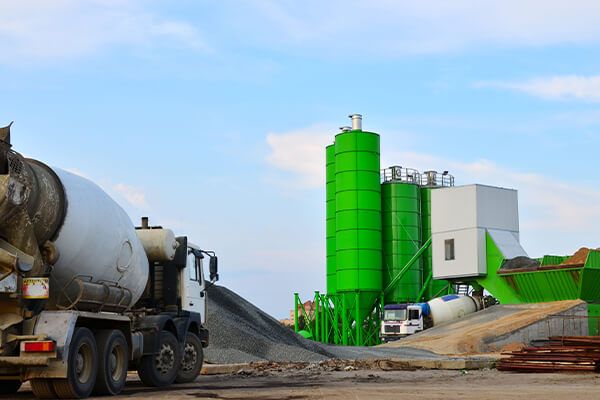
Concrete Driveway Tips
More Tips
Member Guide
(Concrete Production Facilities Certification Program)
Saskatchewan
Environmental Product Declaration (EPD)
Industry Links

SupplierLink Saskatchewan is the industry’s single, unified vendor engagement platform built to showcase what really matters to infrastructure owners looking to hire: skill sets, experience, qualifications, safety records, and more. Concrete Sask members can showcase their membership on SupplierLink Saskatchewan as a verified attribute. Verified attributes help buyers and infrastructure owners make important hiring decisions. Reduce paperwork and administrative costs with auto-populated WCB clearance, COR certification, and other qualifications on SupplierLink Saskatchewan.
For more information, please send an email to
Concrete Technical Tips
-
Tech Tip 1: Dusting Concrete Surfaces
-
Tech Tip 2: Scaling Concrete Surfaces
-
Tech Tip 3: Crazing Concrete Surfaces
-
Tech Tip 4: Cracking Concrete Surfaces
-
Tech Tip 5: Plastic Shrinkage Cracking
-
Tech Tip 6: Joints in Concrete Slabs
-
Tech Tip 7: Cracks in Concrete Basement Walls
-
Tech Tip 8: Concrete Yield
-
Tech Tip 9: Low Concrete Cylinder Strength
-
Tech Tip 10: Strength of In-Place Concrete
-
Tech Tip 11: Curing In-Place Concrete
-
Tech Tip 12: Hot Weather Concreting
-
Tech Tip 13: Concrete Blisters
-
Tech Tip 14: Finishing Concrete Flatwork
-
Tech Tip 15: Chemical Admixtures for Concrete
-
Tech Tip 16: Flexural Strength of Concrete
-
Tech Tip 17: Popouts
-
Tech Tip 18: Radon Resistant Buildings
-
Tech Tip 19: Curling of Concrete Slabs
-
Tech Tip 20: Delamination of Troweled Concrete Surfaces
-
Tech Tip 21: Loss of Air Content in Pumped Concrete
-
Tech Tip 22: Grout
-
Tech Tip 23: Discolouration
-
Tech Tip 24: Jobsite Addition of Water
-
Tech Tip 25: DURA-MIX For Quality Concrete Driveways
-
Tech Tip 26: Agricultural Specification - Concrete Guide























